Some dog breeds may look cuddly and calm, but don’t be fooled—many have a powerful prey drive baked into their instincts! From sighthounds to terriers, these pups were born to chase. Understanding this natural behavior is key to managing it effectively, whether that means leash training, recall games, or safe outlets like flirt poles. With the right strategies, you can channel that energy in healthy ways and keep your pup (and the neighborhood squirrels) out of trouble. Knowing your dog’s instincts helps you build a safer and more balanced relationship.
Border Collie
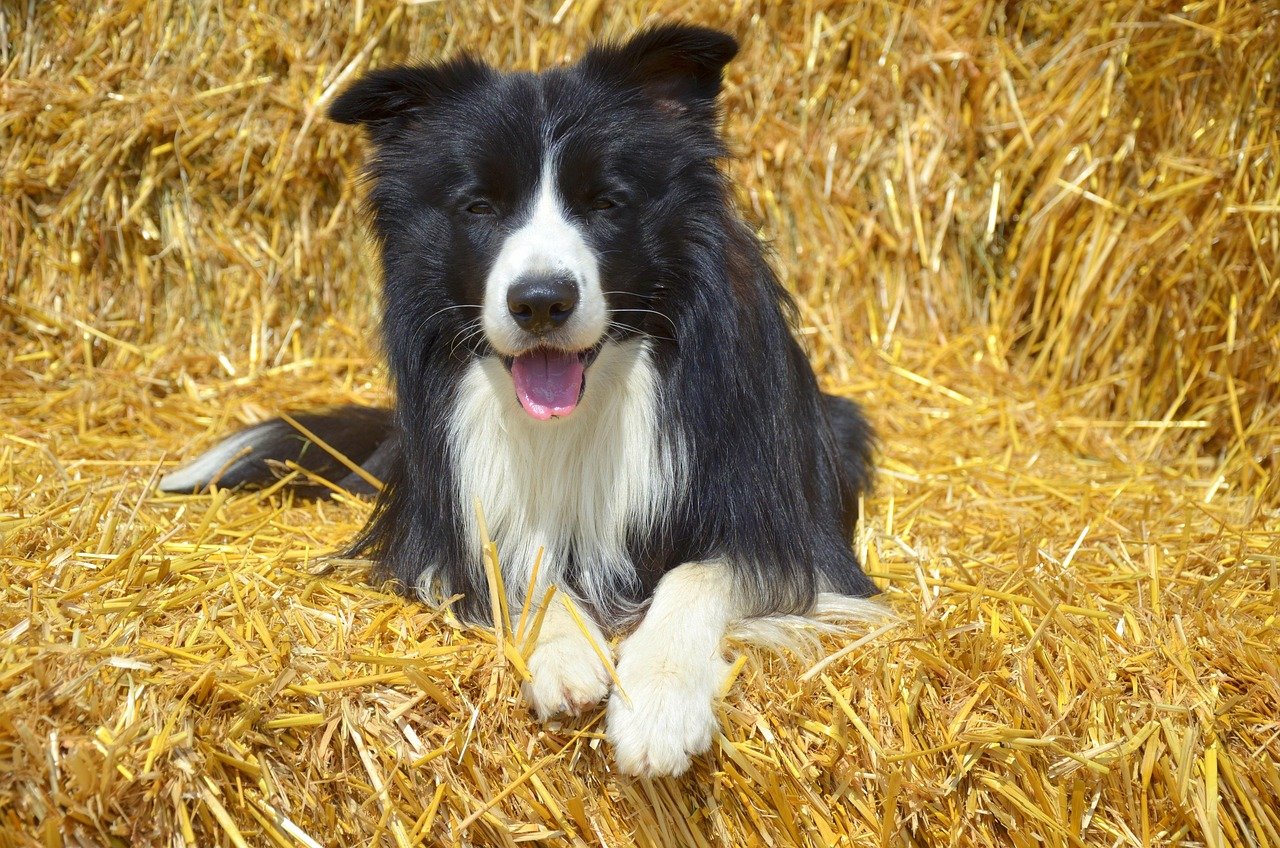
Border Collies are often admired for their intelligence and boundless energy, but many people are surprised by just how powerful their prey drive can be. Originally bred to herd sheep, these dogs are hardwired to chase moving objects, whether it’s a flock of birds or a passing skateboarder. This instinct can make daily walks a bit of an adventure if your Border Collie isn’t mentally and physically stimulated. To manage their prey drive, it’s crucial to provide plenty of exercise and engaging games like fetch or agility training. Teaching strong recall commands and using a long leash in open areas can help keep them safe. Remember, their intense focus is a gift — it just needs the right outlet.
Jack Russell Terrier
Don’t let their small size fool you — Jack Russell Terriers are mighty hunters at heart. Bred to chase foxes out of their dens, these little dogs have energy to spare and a nose for mischief. Their prey drive is so strong that squirrels, birds, and even insects become irresistible targets. Owners need to be vigilant in securely fencing in yards and supervising off-leash play. Interactive toys, nose work games, and regular play sessions can help redirect their hunting instincts in a positive way. Consistent training and early socialization are key to preventing their chase drive from becoming a problem.
Siberian Husky

Siberian Huskies are known for their stunning looks and joyful personalities, but beneath that fluffy exterior lies a determined hunter. Originally bred to pull sleds and survive harsh Arctic conditions, Huskies have a natural urge to pursue small animals. Cats, rabbits, and even small dogs can trigger their chase instinct. Secure fencing is a must, as Huskies are notorious escape artists. Long runs, mental stimulation, and structured activities like canicross or skijoring can help tire them out and reduce their urge to chase. Early training with strong recall commands will make a world of difference.
Belgian Malinois
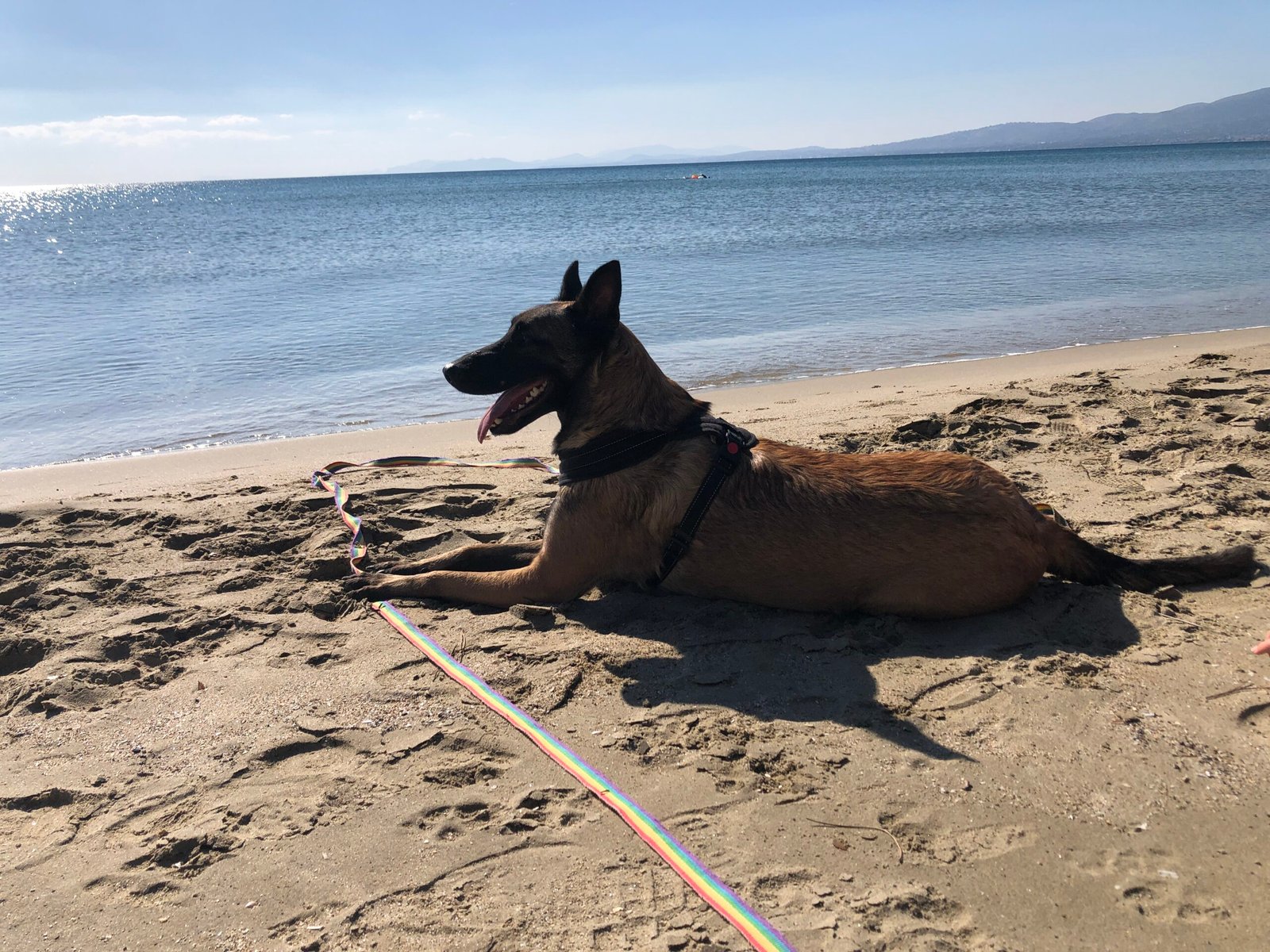
The Belgian Malinois is famed for its work in police and military roles, but their intense energy and prey drive can catch unsuspecting owners off guard. These dogs thrive on having a job to do, and their hunting instincts can lead them to chase anything that moves, from leaves to wildlife. To manage their drive, Malinois require rigorous exercise, advanced obedience training, and plenty of mental challenges. Games that simulate work, such as scent detection or search and rescue, can help focus their energy. A bored Malinois is a recipe for trouble, so keep them busy and engaged.
Greyhound
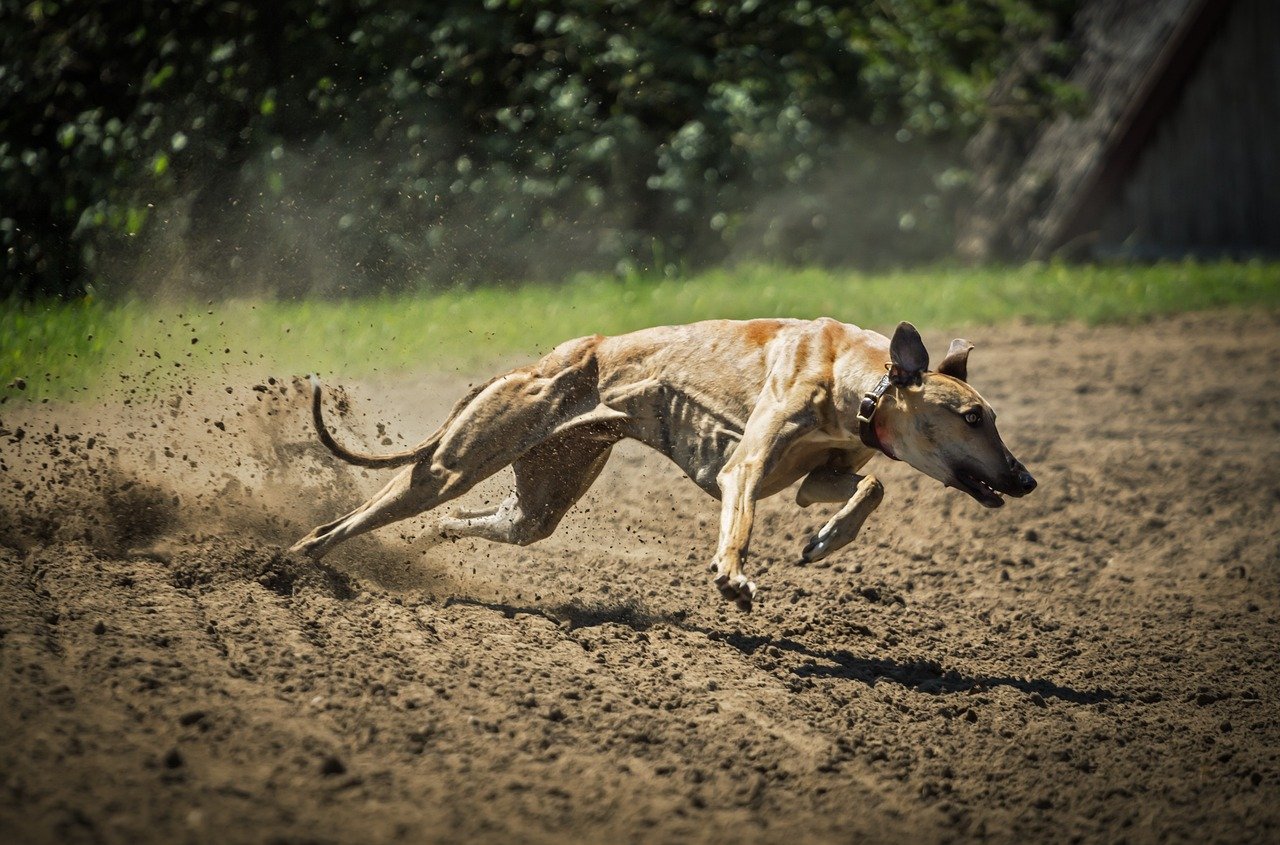
It might be no surprise that the world’s fastest dog loves to chase, but many people assume Greyhounds are couch potatoes. In truth, their prey drive is legendary — after all, they were bred for coursing game over open fields. Even retired racers may bolt after a rabbit or squirrel without a second thought. Secure, high fencing and leashed walks are necessary to keep them safe. Short bursts of running in an enclosed area can help satisfy their need to chase. Practicing recall and using treats or toys as rewards can help reinforce good behavior.
Australian Cattle Dog
Australian Cattle Dogs, also known as Heelers, are sturdy, energetic, and always ready for action. They were developed to manage livestock, using their keen senses and strong prey drive to move cattle with precision. This instinct makes them likely to chase after anything that moves quickly, including kids on bikes or joggers. To manage their drive, give them jobs to do, such as herding balls, agility training, or advanced tricks. Regular exercise and clear boundaries are essential to prevent boredom and unwanted chasing behaviors.
Weimaraner
With their sleek silver coats and soulful eyes, Weimaraners are undeniably striking — but their hunting roots run deep. Originally bred in Germany for hunting large game, these dogs have a persistent prey drive that can surprise new owners. Birds, squirrels, and even unfamiliar pets may become targets. Regular, vigorous exercise like running or hiking is a must for these energetic dogs. Mental stimulation through scent games or training sessions can help channel their instincts. Consistent boundaries and early recall training will keep everyone safe and happy.
Whippet
Whippets might look delicate, but don’t be fooled; they are lightning-fast hunters designed to chase rabbits and other small game. Their smooth speed and agility mean they can be across the yard in a flash if something catches their eye. A secure yard and supervised play are crucial, as they can be difficult to recall once in pursuit. Engaging them in lure coursing or sprinting games helps satisfy their need to chase. Calm, patient training with positive reinforcement works best for these sensitive souls.
Basenji
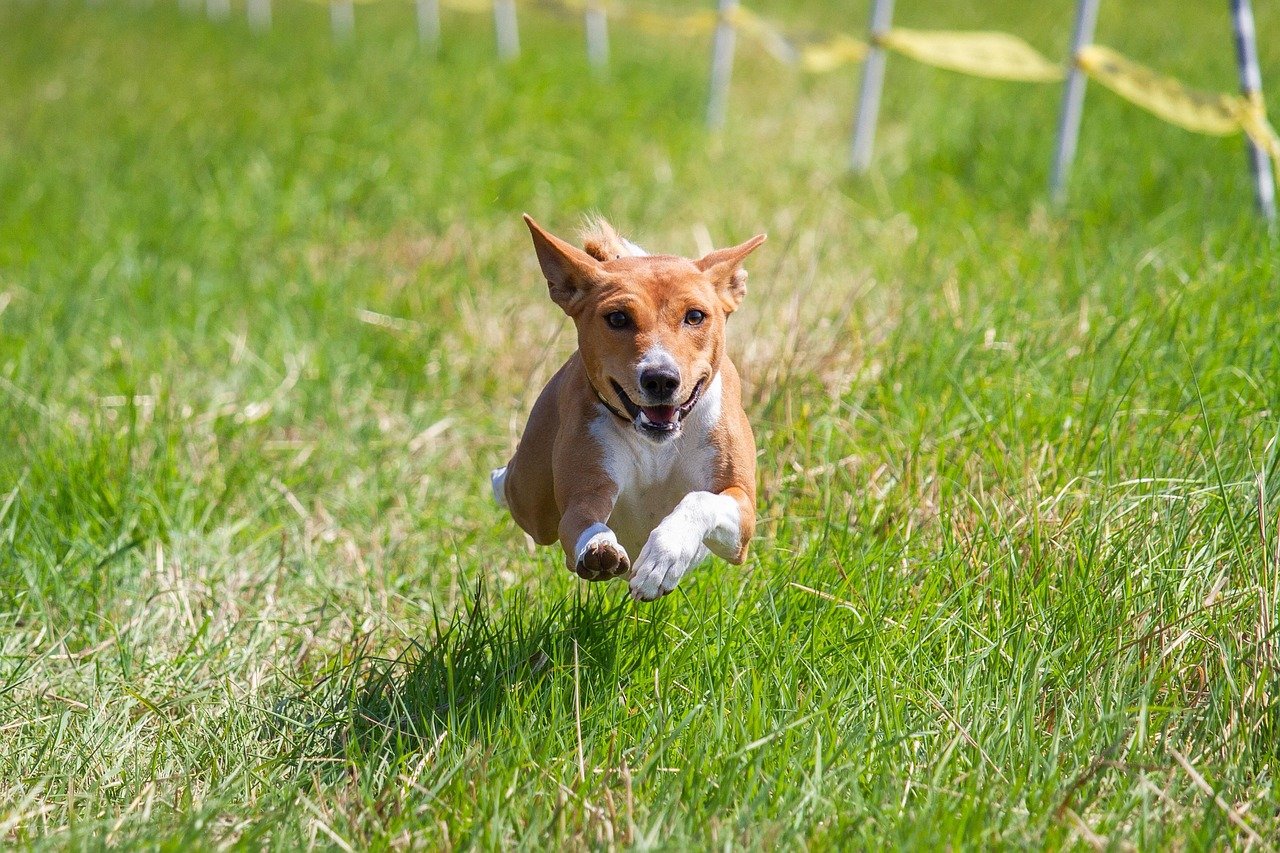
Known as the “barkless dog” from Africa, the Basenji’s quiet demeanor hides a fiery prey drive. Bred to flush small animals from dense brush, Basenjis are expert escape artists with a passion for the hunt. They are easily distracted by movement and can disappear quickly if not watched closely. Secure fences, leashed walks, and stimulating toys are essential. Puzzle feeders and scent-based games can keep their minds busy and reduce their urge to chase. Early socialization and training go a long way with this clever breed.
German Shorthaired Pointer

German Shorthaired Pointers are the athletes of the dog world, bred for tracking and retrieving game. Their prey drive is strong and instinctual, often triggered by birds, rabbits, or even flying leaves. To harness their energy, daily exercise and tasks like fetch or tracking games are recommended. Training focused on impulse control and reliable recall is vital. These dogs thrive when given a “job,” so consider advanced obedience or dog sports to keep them satisfied and well-behaved.
Fox Terrier
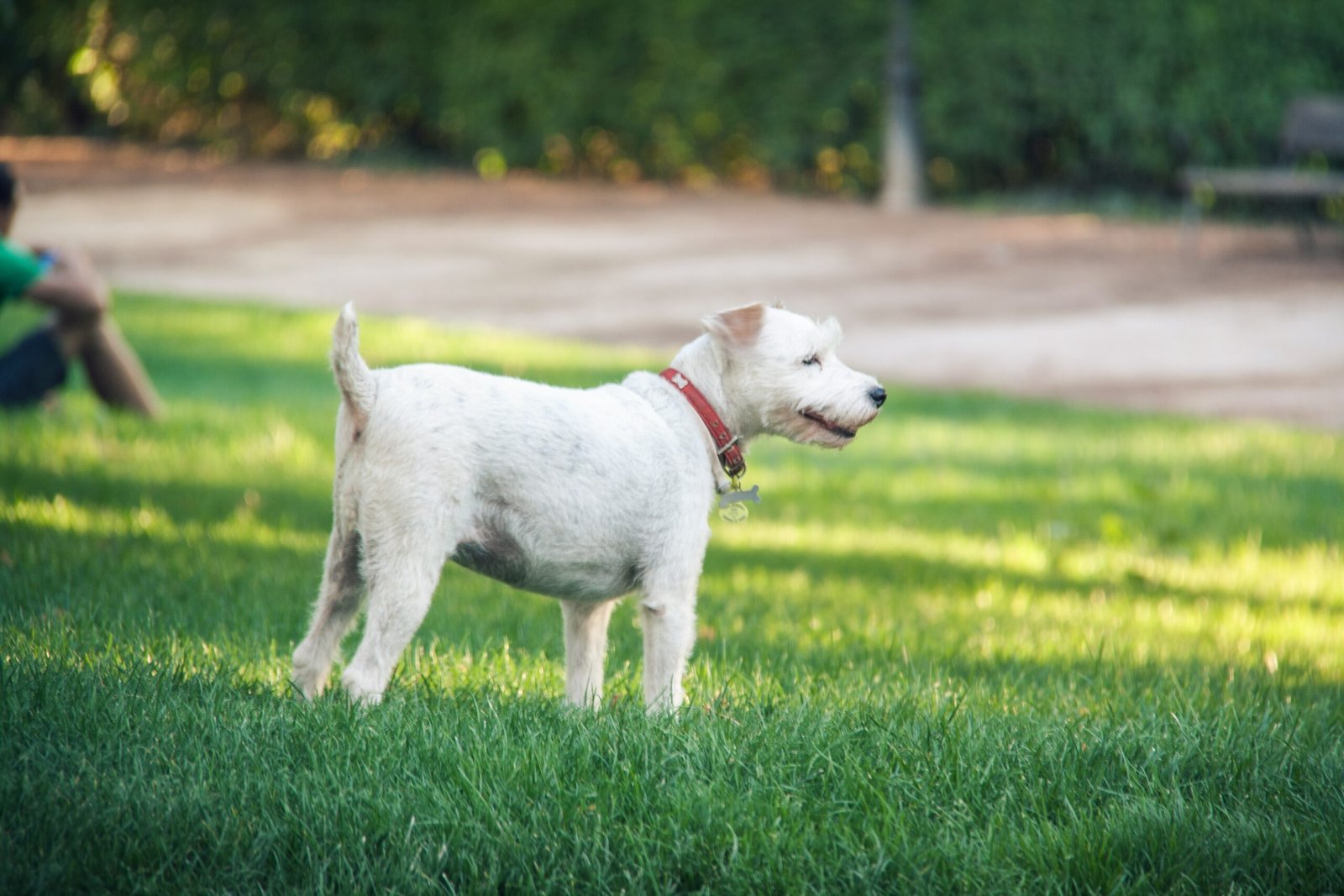
Fox Terriers carry a long tradition of hunting foxes, and their prey drive is still front and center today. Eager, lively, and always alert, they won’t hesitate to chase after rodents, birds, or anything that scurries. Secure fencing and supervision during outdoor play are crucial. Channel their instincts through interactive games, agility, or earthdog trials. Consistency in training and plenty of positive outlets for their energy can make a world of difference for these spirited pups.
Saluki
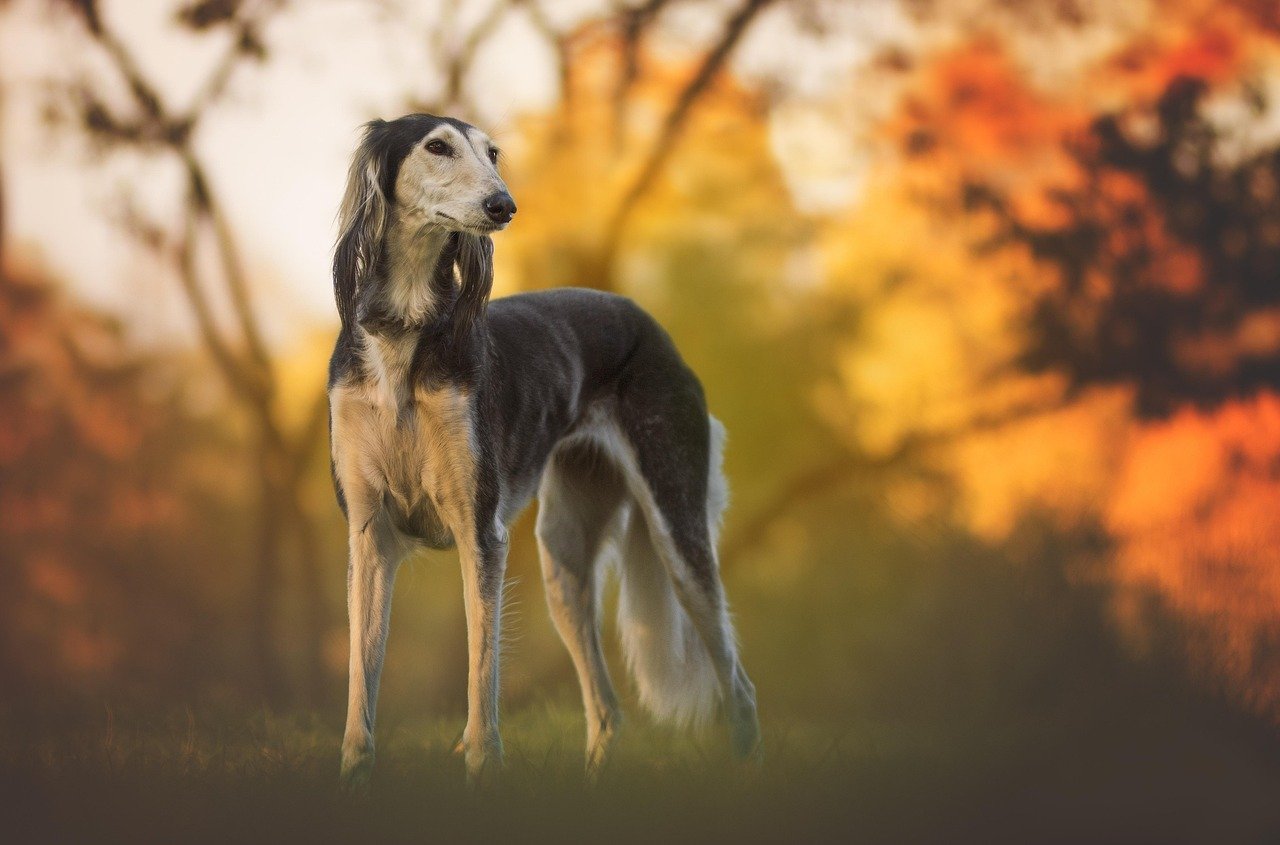
Salukis, with their graceful appearance, are ancient hunters bred to chase gazelle across vast deserts. Their prey drive is so strong that even a butterfly can set them off in pursuit. These gentle dogs need secure, tall fencing and off-leash play only in safe, enclosed areas. Engaging them in sprints or lure coursing can help satisfy their natural instincts. Calm handling and patient, reward-based training are best, as Salukis can be sensitive to harsh discipline.
Rhodesian Ridgeback
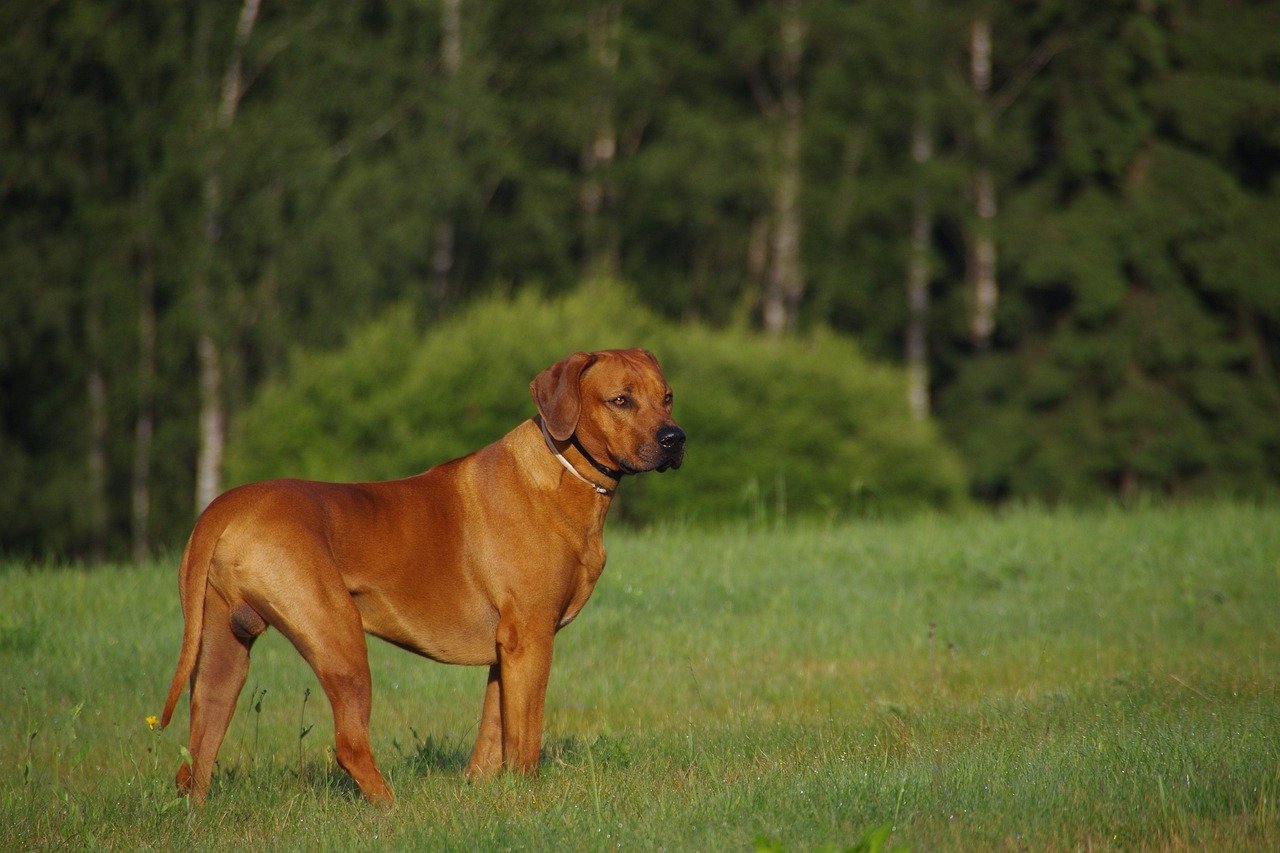
Originally bred to hunt lions in Africa, Rhodesian Ridgebacks have a strong, determined prey drive. While they’re loving family companions, their urge to chase wildlife is ever-present. Off-leash walks in unsecured areas are not recommended. Instead, focus on structured activities like tracking or advanced obedience. Regular, vigorous exercise is essential to keep their minds and bodies satisfied. Early socialization helps them distinguish between acceptable play and unwanted chasing.
English Springer Spaniel

English Springer Spaniels are cheerful, eager, and full of energy, but their roots as flushing dogs give them a notable prey drive. Birds, squirrels, and even butterflies catch their attention quickly. To keep them focused, provide daily exercise, games, and scent work activities. Consistent training, especially with recall commands, is key. Spaniels thrive when given the chance to use their noses, so consider enrolling them in scent detection or field trials.
Rat Terrier
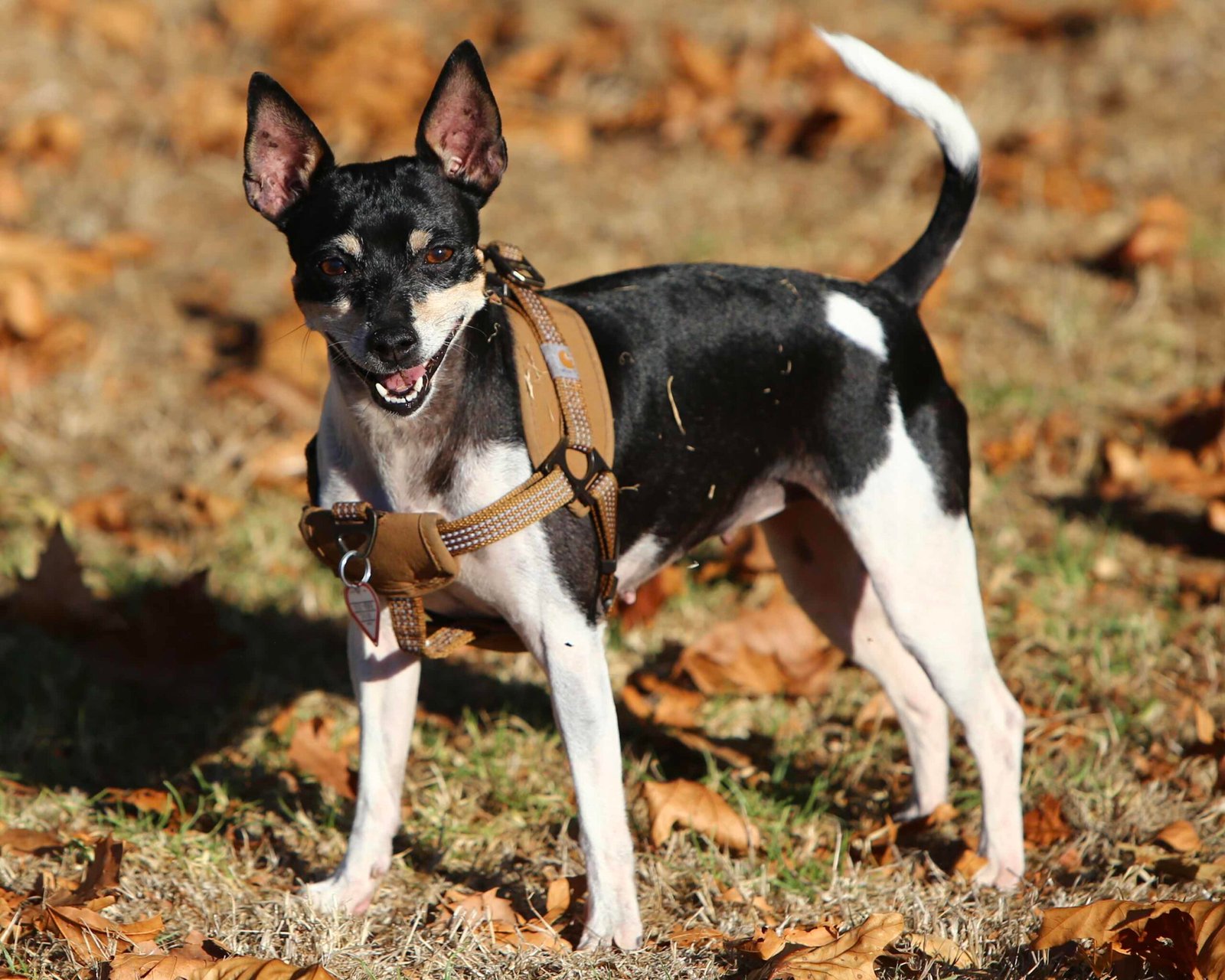
Rat Terriers were purpose-bred to control vermin populations on farms, and their prey drive is as sharp as ever. These small dogs have lightning-fast reflexes and a knack for sniffing out rodents. Without proper management, they may chase after neighborhood wildlife or even household pets. Secure yards, interactive toys, and regular playtime are important. Training focused on impulse control and redirection will help keep their hunting instincts in check.
Alaskan Malamute
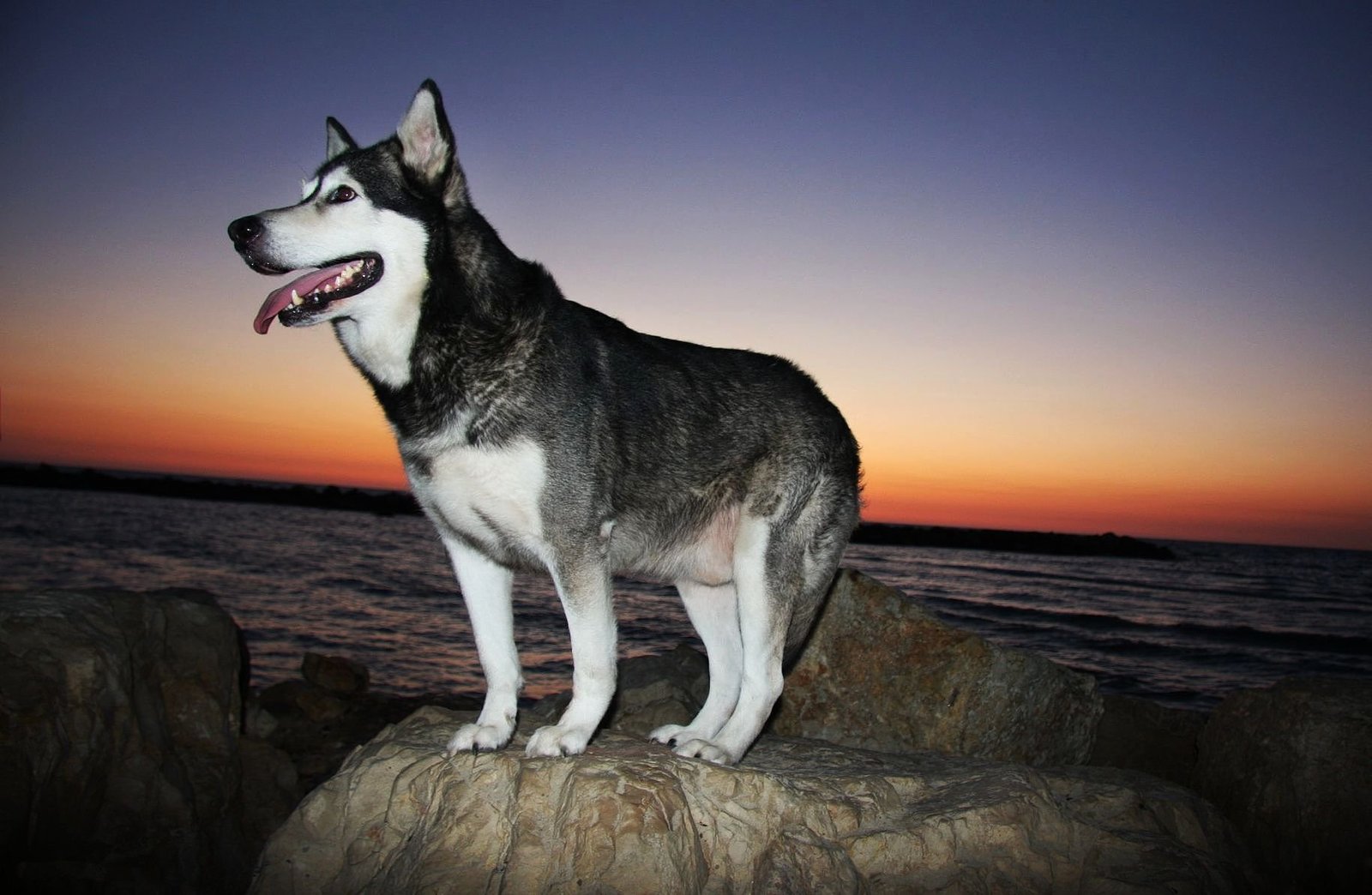
Alaskan Malamutes are majestic and powerful, originally bred for hauling heavy loads, but they also possess a strong prey drive. Small animals, especially those that run, can trigger their chase instinct. To manage this, provide plenty of exercise and activities that mimic their traditional work, like pulling carts or hiking. Secure fencing is crucial, as Malamutes are known to dig and escape if something catches their interest. Early training and consistent boundaries help prevent unwanted adventures.
Airedale Terrier
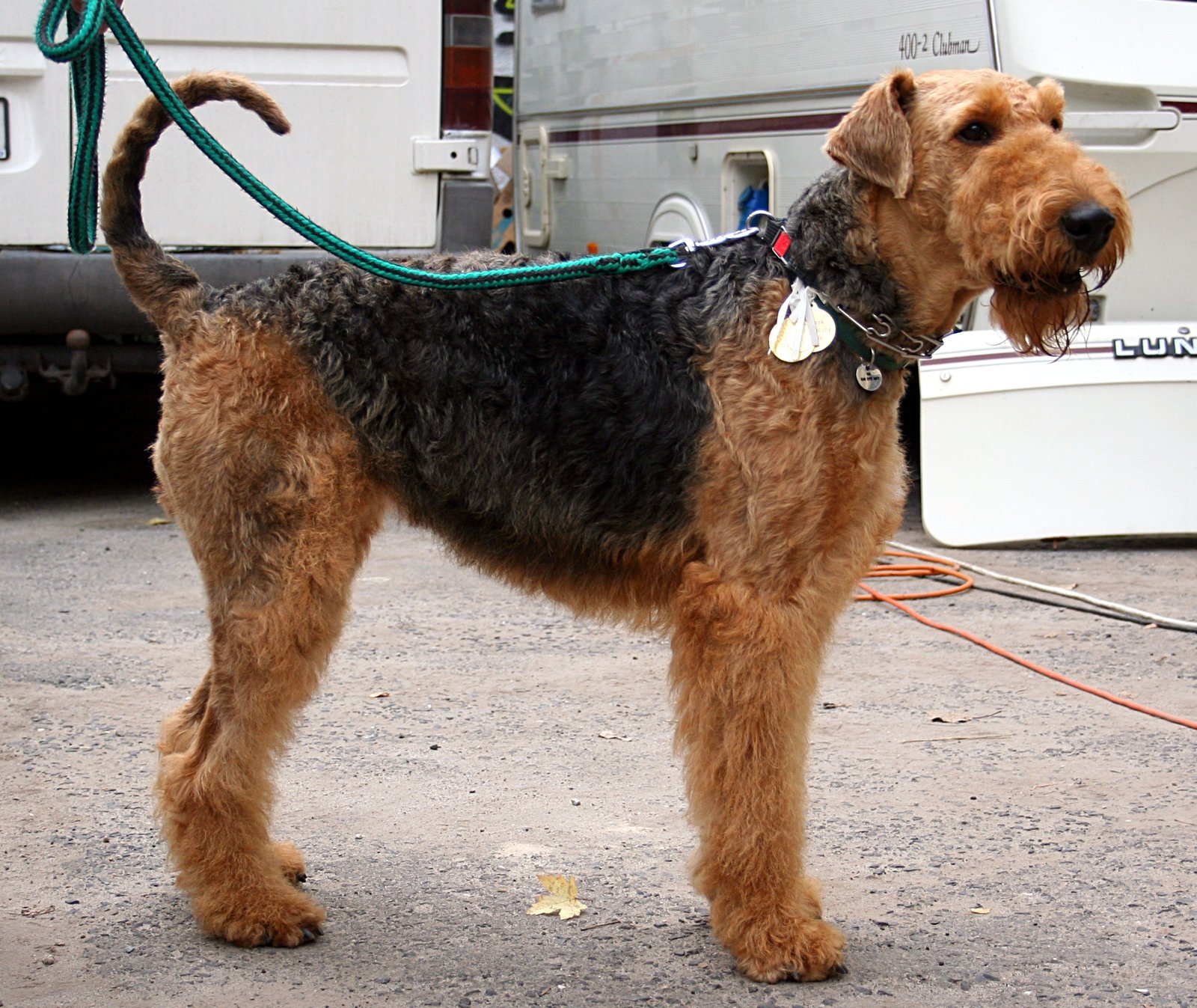
Airedale Terriers, known as the “King of Terriers,” were bred to hunt otters and rats. Their strong prey drive can sometimes be overlooked due to their dignified appearance. These dogs are always alert and ready to pursue anything that moves. Regular, structured exercise and games that challenge their intelligence are important. Early socialization and training focused on recall and impulse control help manage their instincts and keep them out of trouble.
Ibizan Hound

Ibizan Hounds are agile, graceful, and bred for rabbit hunting in Spain. Their prey drive is high, and their jumping ability is impressive, so secure fencing is a must. These dogs thrive on fast-paced games and activities that allow them to run and chase. Training should focus on recall and positive reinforcement, as they can be independent thinkers. Mental stimulation through puzzle toys and scent games can help satisfy their hunting urge.
Miniature Schnauzer

Miniature Schnauzers may be known for their bushy eyebrows and loyal personalities, but their background as ratters means they have a surprisingly strong prey drive. Squirrels, birds, and even insects can become targets during walks. To manage this, provide daily exercise, interactive toys, and structured play. Consistent training with clear boundaries helps them distinguish between acceptable play and unwanted chasing. Early socialization ensures they get along with other pets.
Staffordshire Bull Terrier
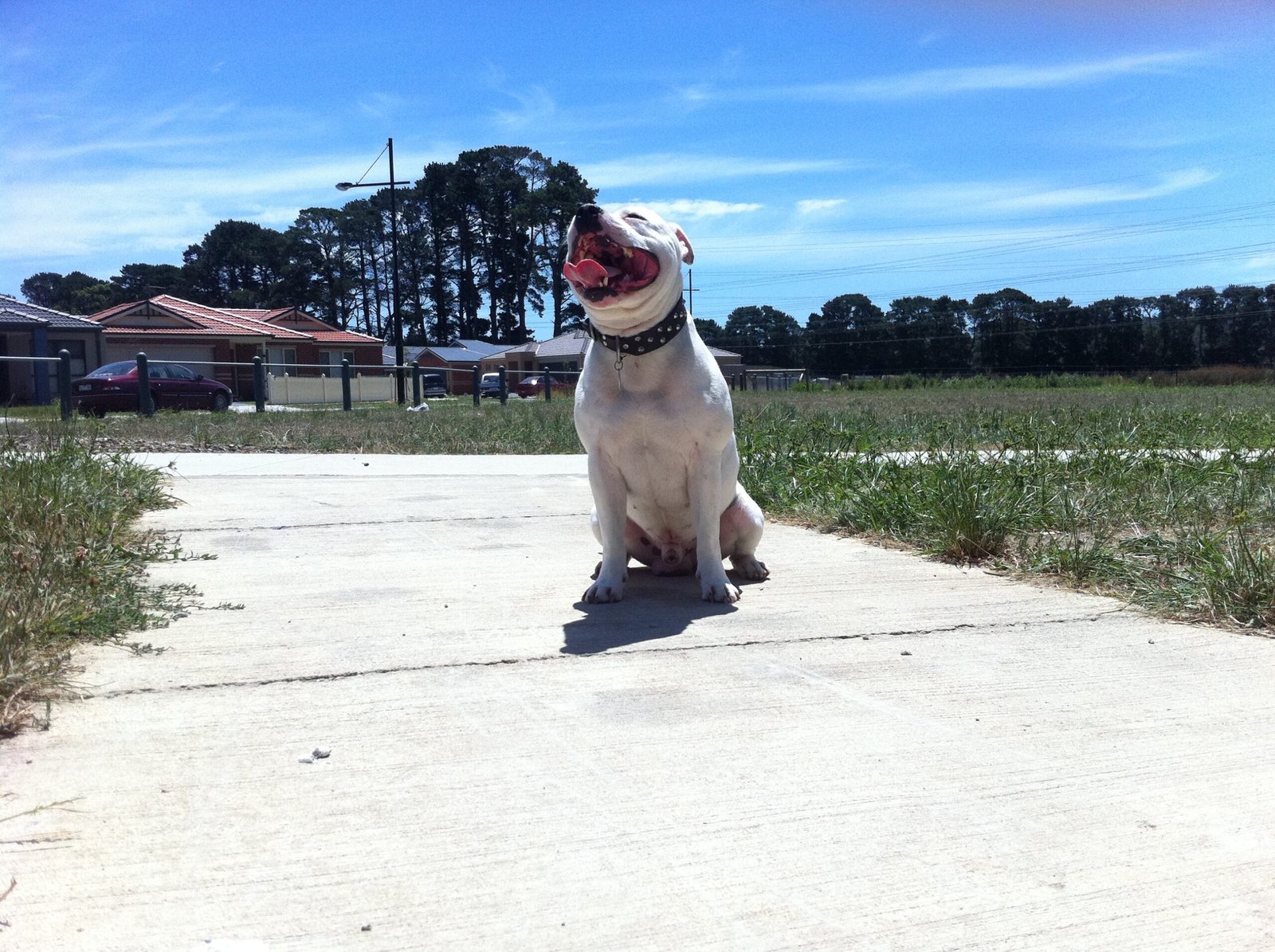
Staffordshire Bull Terriers are best known for their affectionate nature, but their history as working dogs includes a strong prey drive. Quick movements and small animals can spark their interest in a flash. To manage their drive, focus on daily exercise, mental challenges, and obedience training. Tug-of-war, fetch, and agility courses are great ways to channel their energy. Early, positive training and socialization are vital for a well-rounded, happy dog.
Understanding your dog’s strong prey drive isn’t about shutting it down—it’s about working with it. By recognizing the breeds that are naturally wired to chase and hunt, you can give them safe, enriching outlets for that energy. With the right training, toys, and routines, even the most determined chaser can thrive in a family setting. Respecting your dog’s instincts is a big step toward a happier, more harmonious bond.
Jen is a passionate nature lover and ocean conservationist. She has dedicated her life to protecting the environment and preserving the beauty of the natural world. Growing up in a small coastal town, Jen sincerely appreciated the ocean and its inhabitants. She has spent countless hours exploring the shoreline, learning about the creatures that inhabit the waters, and advocating for their protection. Jen is an active member of ocean conservation organizations, and she is committed to educating the public about the importance of conserving wildlife and the natural environment.






